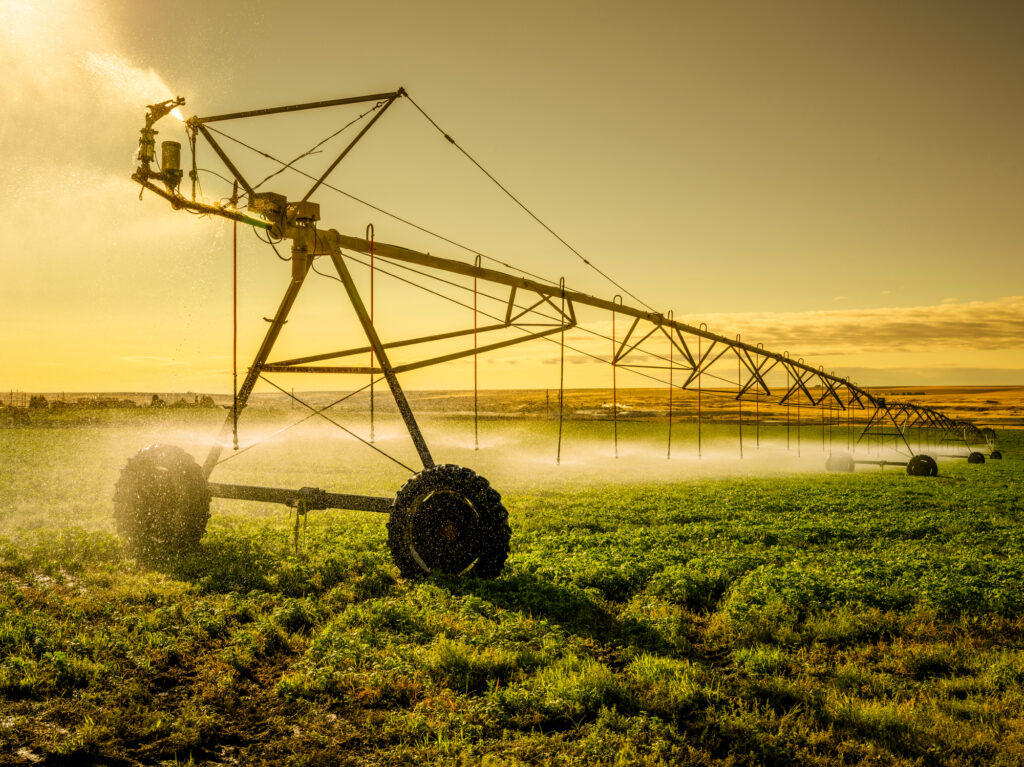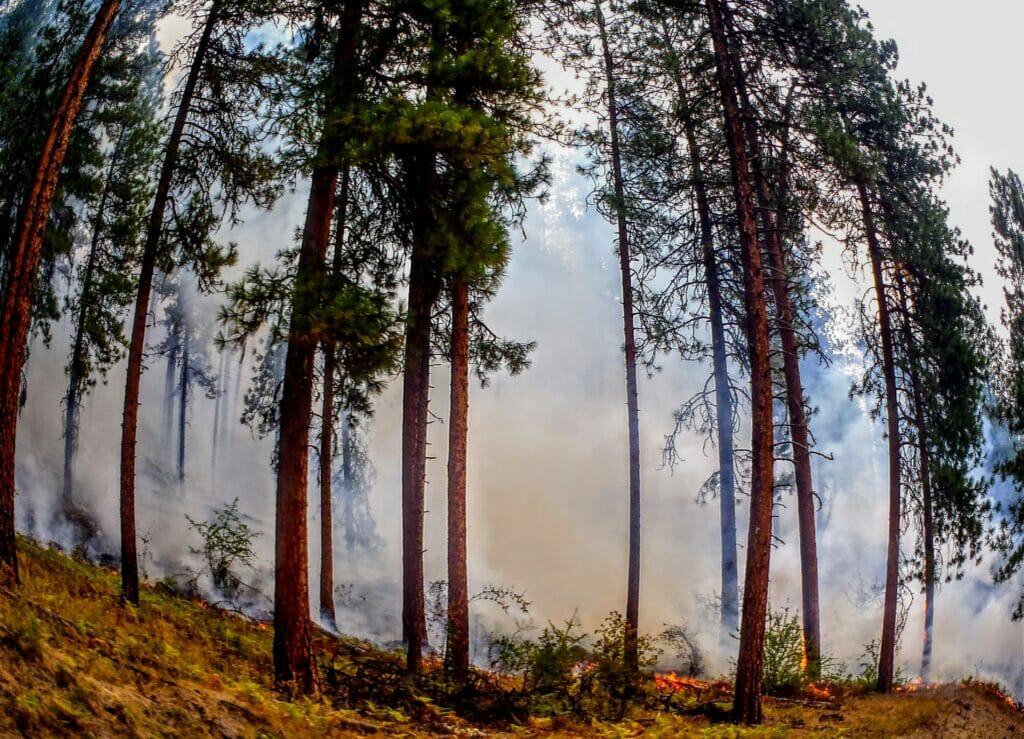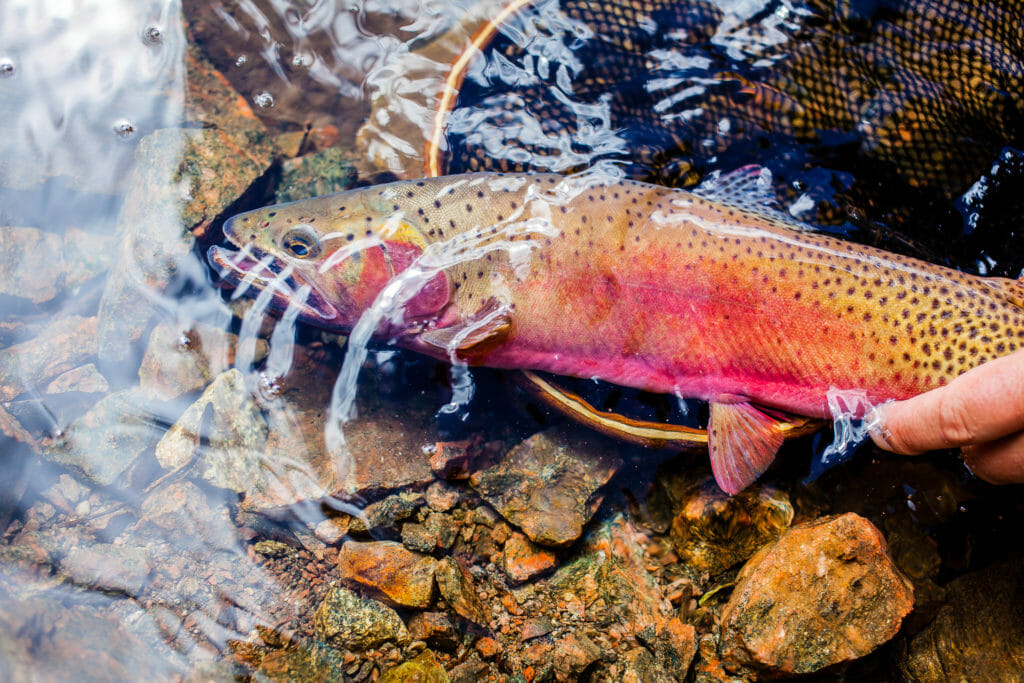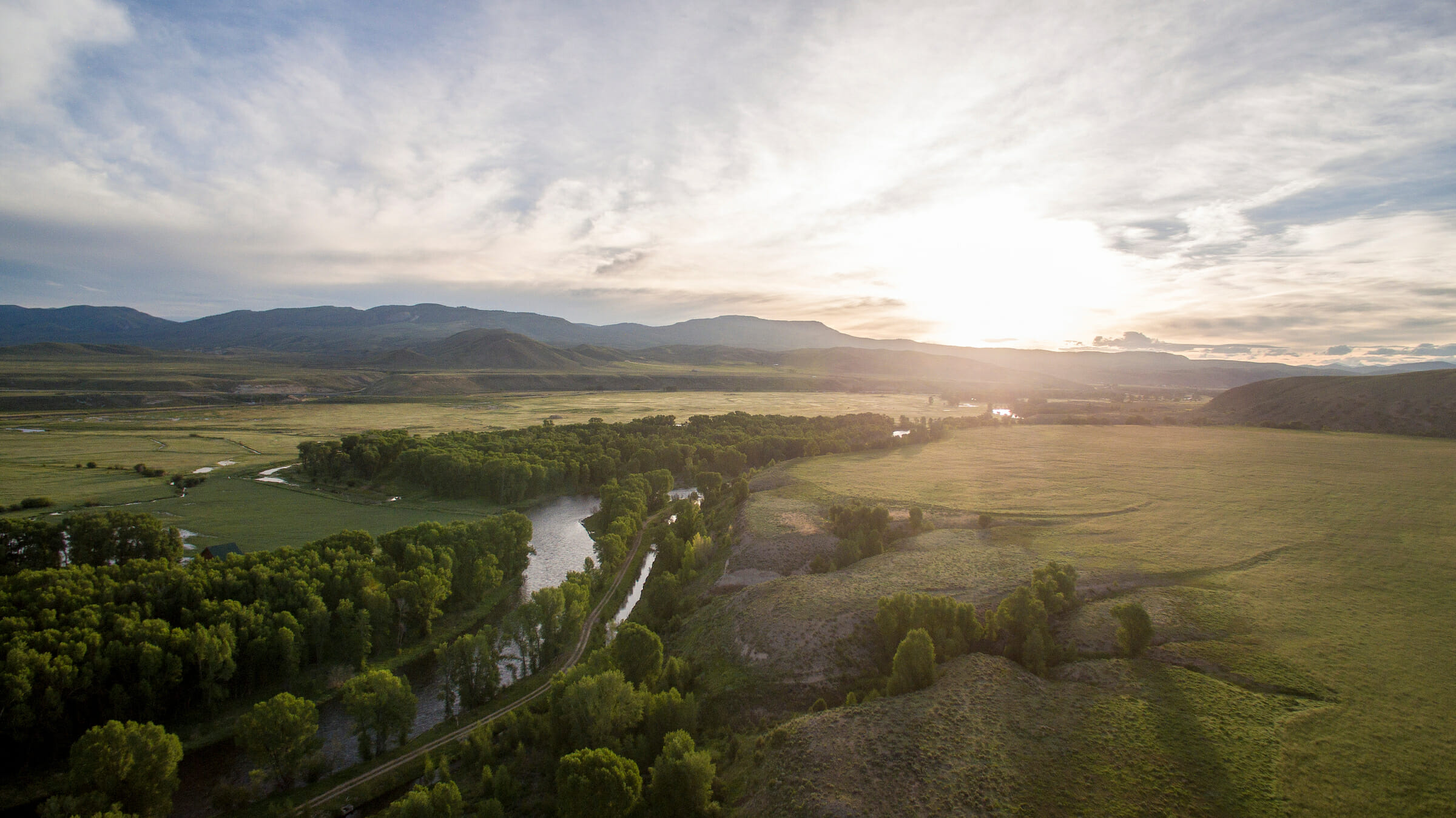By Jay Chancellor
Colorado is no stranger to being “high and dry” in the summer months, but this year is shaping up to be one of the hottest and driest on record. Unfortunately, this is not just a fluke occurrence; parts of the state have been in a drought for the past 20-plus years, prompting a number of administrative actions to help manage and conserve hydrological resources.
As we enter a new decade, it is clear that the impacts wrought on ecosystems, communities and fish and wildlife by climate change are outpacing our ability to deal with them in isolation.
Over the past decade, the western United States has seen a larger increase in average temperature than any other region in the country and the writing is on the wall: record-breaking temperatures, severe drought and longer and more intense fire seasons have become the norm. In an already arid state like Colorado, these trends should be cause for great concern.
The Centennial State gets 70 percent of its water supply from snowmelt, but warmer spring temperatures are increasing the speed of early snowmelt in the Rocky Mountains. Snow is melting between 15-30 days earlier than it was 25 years ago, which is leading to increased flooding and erosion and resulting in extended periods of summer drought. Scientists say snowpack in the Southern Rockies will drop 50 percent by the end of this century. Setting aside the fact that winter sports—Colorado’s second-largest industry—rely on abundant snow, the water it generates is crucial for healthy fish populations, agricultural production and supplying drinking water to communities across the state. As this problem is compounded by Colorado’s ever-growing population, resource managers and elected officials will be forced to make some tough decisions.

A prime example of this can be seen in the San Luis Valley, where groundwater supplies are already dangerously low. Agriculture is the driving economic engine in the valley, and farmers and ranchers have entered into a voluntary compact to reduce water consumption and avoid having these resources taken over by state management. For the most part, they have been successful in this effort, but growing population centers along Colorado’s Front Range are placing a heavy strain on the state’s limited water supply. The water has to come from somewhere and with dwindling local supplies, some of these communities are looking to pump water out of the San Luis Valley.
We should not have to make a choice between agriculture and drinking water, but these types of conflict will only multiply as time goes on.

Climate change is not just affecting water quantity, but also the quality of rivers, lakes and ecosystems. In 2020, Colorado experienced the three largest wildfires in the state’s history. The resulting ash runoff, erosion, and flooding have devastated the adjacent drainages and rivers below.
According to Colorado Parks and Wildlife (CPW), the Rio Grande cutthroat trout is one of the subspecies that faces the greatest risk from wildfire impacts; it occupies just 12 percent of its historic range and is only found in the headwaters of the Rio Grande River. When coupled with rising stream temperatures, it is not hard to see that coldwater fish like trout are facing a serious threat.

Colorado’s native cutthroat trout occupy just a fraction of their historic range. While habitat loss and competition from non-natives is surely to blame for some of this, the effects of climate change cannot be ignored. As water temperatures rise, the ability of lakes and rivers to hold oxygen decreases. This results in increased competition for resources among fish species, a propensity for hybridization of native and non-native trout, slower fish growth rates, and in some cases, massive die-offs, according to a study by Colorado State University and the US Geological Survey.
These changes represent a major threat to Colorado’s native trout and could result in their eventual extinction. Even though total extinction may be an unlikely outcome, in many cases trout will relocate to more suitable habitat, meaning fewer fish overall and fewer miles of river to pursue them. This year, we have already seen a number of voluntary closures from CPW and there are talks of making these restrictions mandatory as we have seen in other states like Montana.
Colorado is one of the most beautiful states in the country and is home to some of the best fishing in the West. If we want to defend our sporting heritage and ensure the longevity of our aquatic resources for future generations, we must address the looming threat of climate change. To learn more about the issue and find out how you can get involved, visit tu.org/climate.
Jay Chancellor is the southwest regional director for TU’s Angler Conservation Program



